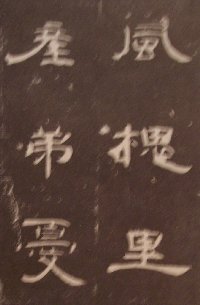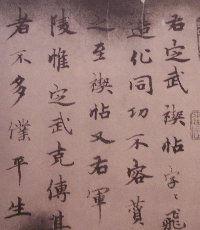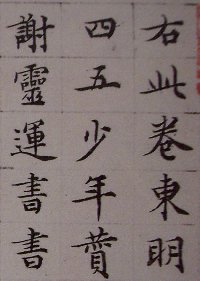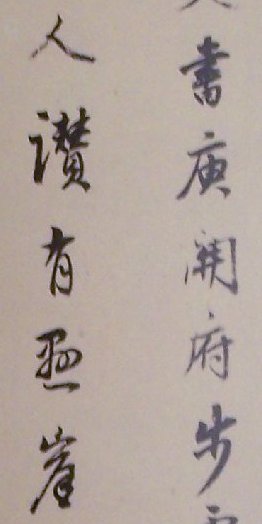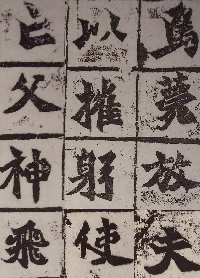
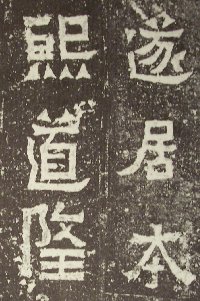
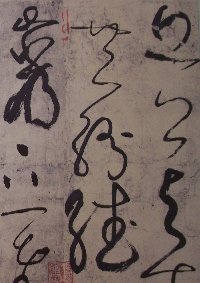

Theories of Chinese Calligraphy
Around
1900, the Chinese martial arts society coined two terms “Internal Martial
Arts” and “External Martial Arts.” Before then, there were no such terms
in Chinese history. The external
martial arts refer to the more ancient Shaolin boxing and its vast majority
derivatives; the internal martial arts specifically refer to Hsing Yi Chuan, Pa
Kua Zhang, and Tai Chi Chuan. The purpose of this categorization is to emphasize
the differences in the underlying principles in utilizing body mechanics to
generate forces. The
internal school focuses more on ergonomics and strategy and uses the whole body
more to generate power while the external school generally focuses on
training muscles and speed. Both schools require the focus of mind, breathing,
hard and soft, fast and slow practices. Some say the
ultimate goals for both will be the same – to combine softness (Ying) and hardness
(Yang) while each has the opposite approach. Neither internal or external
martial arts can be the best – it depends on the individual’s level.
Sometimes a top fighter’s skill level is so high that his opponent has no idea
of his style.
There
are many ways to categorize Chinese calligraphy according to styles,
time periods, appearances of animals,
founding principles of characters, and etc. I personally would like to further
categorize Chinese calligraphy into internal and external styles based on the
calligraphers’ utilization of the whole body, mind, idea, intention, and
substance.
The
“internal calligraphy styles” somewhat resemble internal martial arts in
that they look stable, heavy, steady, and unflattering. They are generally slower in motion,
and rich in essence and intrinsic beauty. The strength contained within each stroke is
more condensed and explicit. In
contrast, the “external calligraphy styles” will look more fluid, fast,
flowing, light, elegant, and loveable. Factors may depend upon the
calligrapher’s preference, temperament, heritage, and approaches to utilize
brush, strength, mind, and metaphysics.
Of
course, if I categorize this way, there will be some works falling in between
the internal and external ranges and some that are not so obvious for the
purpose of categorization.
When a Chinese calligrapher adopts approaches that combine those listed characteristics, it would be impractical to categorize. The following are the works that I am trying to list from the most "intrinsic (internal)" to the most "extrinsic (external)" for illustrative and comparative purposes. This does not intend to rank their artistic achievements. Usually the internal calligraphy styles will be the Bei School ( 碑學 ) and the external calligraphy styles will be the Te School ( 帖學 ). However, this is not absolute. Sometimes when a calligrapher’s skill and mind were so condensed or transcendental, it’s not fair to categorize.




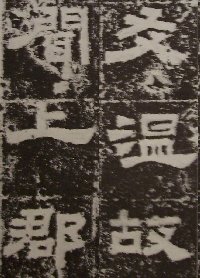
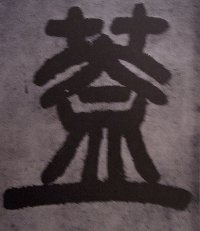
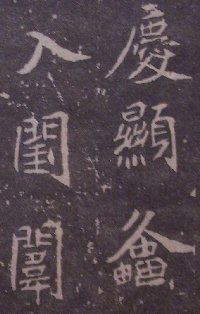
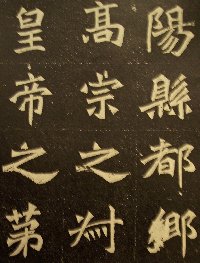
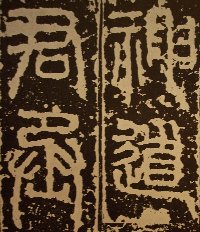
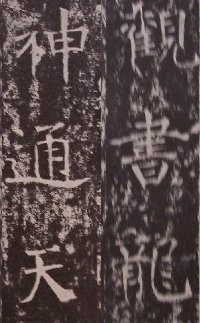
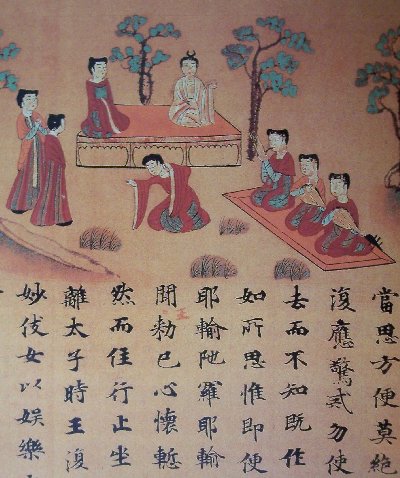
In Between or Not Categorized
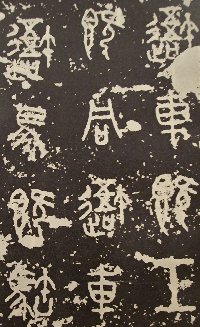
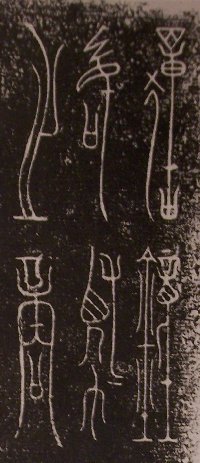
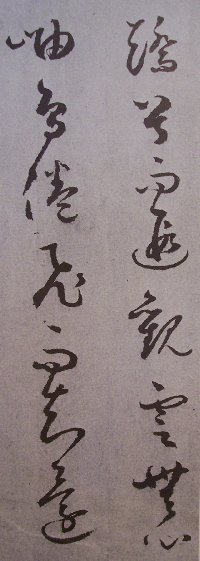
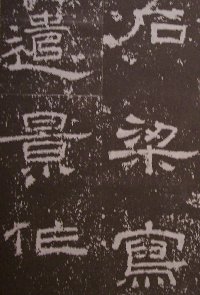
External Calligraphy Styles
